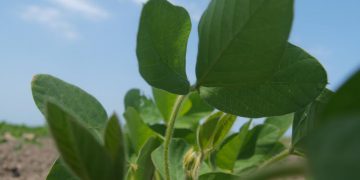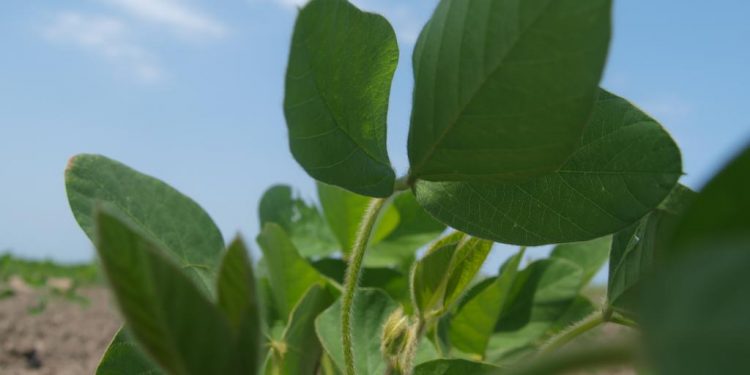Plant parasitic nematodes cause severe damage to soybean crops, leading to substantial losses in yield and quality. A total of 180 samples of rhizosphere and roots were collected randomly from three major soybean-producing districts of Metekel Zone in Ethiopia. Nematodes were extracted and identified at the genus level based on their morphological characteristics, except Meloidogyne javanica, the deadly species, which was identified using morphological and molecular techniques. Seven nematode genera were recovered: Meloidogyne, Scutellonema, Pratylenchus, Helicotylenchus, Rotylenchulus, Hemicycliophora and Criconema. The genera Meloidogyne, Scutellonema and Pratylenchus were dominant and had FO% of 98.3%, 97.5% and 81.8%, respectively. The host status of 10 soybean varieties to M. javanica infection was determined. Data on the shoot height, root length, fresh shoot and root weight, gall number and nematode density were estimated 3 months after inoculation. The results revealed that Jalele variety suppresses M. javanica multiplication while the other nine supported it. Comparatively, Pawe-3, Awassa-95 and Koreme varieties supported the highest nematode multiplication 24.4, 16.2 and 15.3 reproductive factors, respectively. Nova experienced the highest shoot and root relative biomass losses (84%) and roots (63%). In contrast, Jalele did not experience any loss in all parameters. However, Jalele variety resisted M. javanica, making it a promising approach towards soybean breeding programs for nematode management.
Reference: Adamu, F. A., Hundessa, W. B., Getachew, S., Aseffa, A. W., & Meressa, B. H. (2024). Plant parasitic nematodes on soybean (Glycine max (L) Merr.) in the Metekel zone (Ethiopia) and varietal resistance evaluation to Meloidogyne javanica. Journal of Phytopathology, 172, e13287. https://doi.org/10.1111/jph.13287































